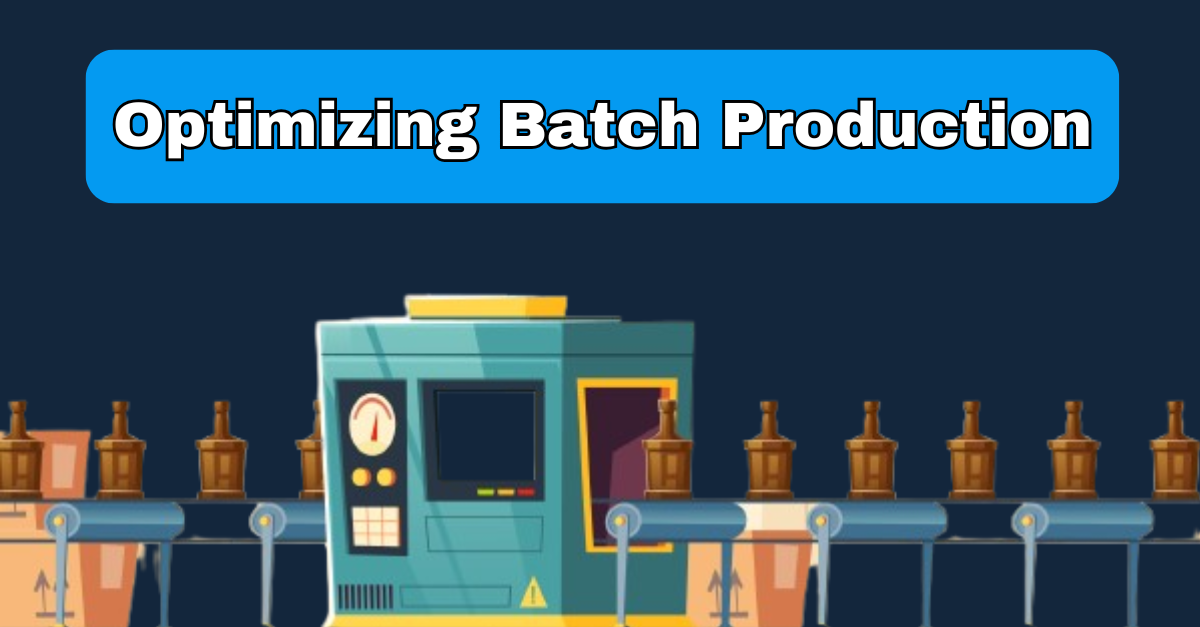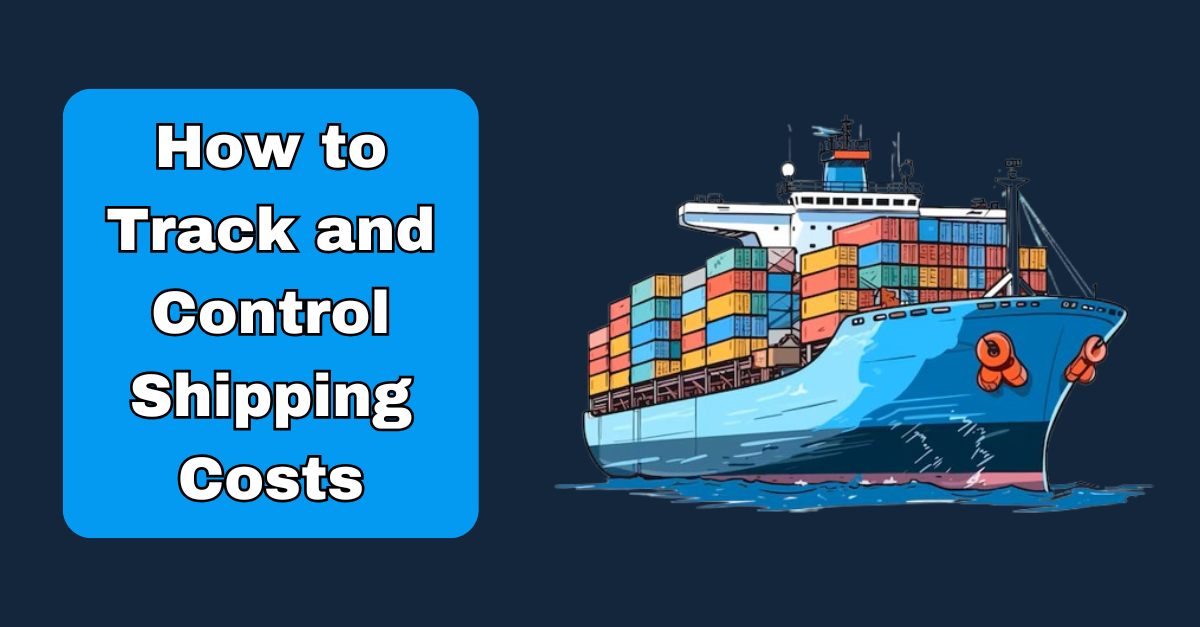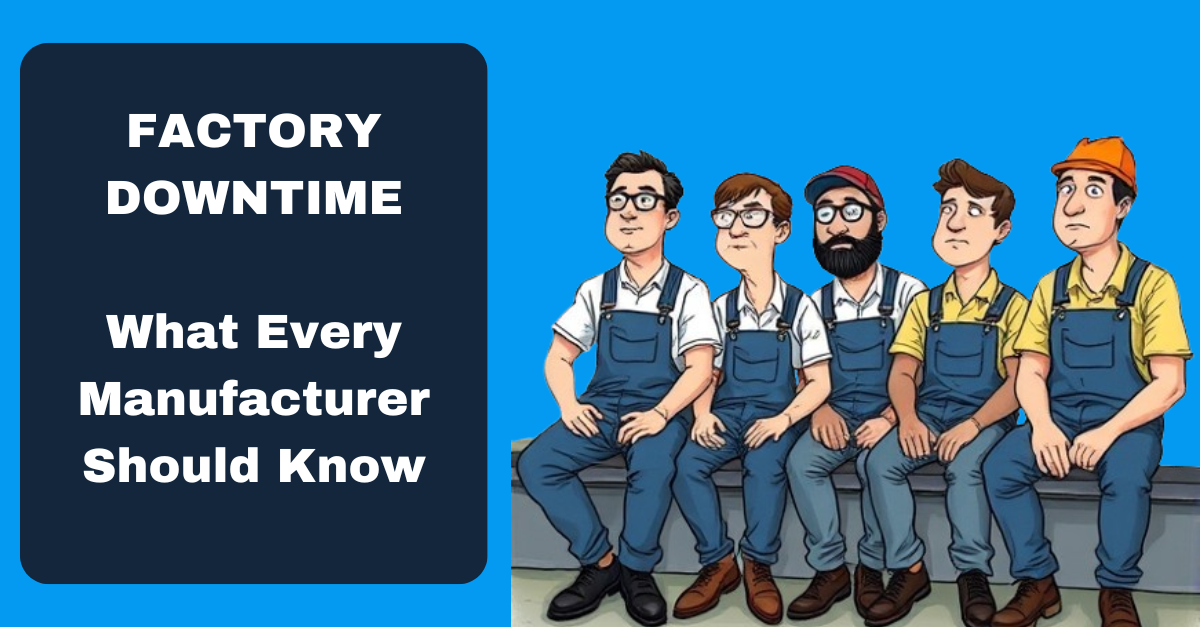What is Batch Production?
Batch production is a manufacturing process where goods are produced in groups or batches, rather than individually. This approach is commonly used when producing large quantities of a product that share similar characteristics. For growing brands, optimizing batch production is a crucial step towards improving operational efficiency and controlling costs.
Why Optimizing Batch Production Matters
Optimizing batch production isn’t just about increasing output - it’s about doing so efficiently. By fine-tuning your batch processes, you can reduce waste, increase throughput, and minimize downtime. These improvements are especially important for growing brands that aim to grow without dramatically increasing operational costs. When you optimize production, you improve product consistency, reduce errors, and increase overall profitability, making your business run more smoothly.
Key Challenges in Batch Production
While optimizing batch production can yield significant benefits, businesses often face several challenges, including:
1) Inefficient use of equipment: Poor equipment utilization can increase production time and costs.
2) Long wait times between batches: Downtime between batches can reduce productivity.
3) Inconsistent product quality: Variations in batch production can affect the final product's consistency.
4) High levels of inventory holding costs: Storing excess inventory incurs costs, especially if products don't sell quickly.
The Calculation for Optimizing Batch Production
Optimizing batch production is all about finding the right balance between batch size and efficiency. Smaller batches help minimize inventory but often require more frequent setups. Larger batches can lower setup costs but may result in excess inventory and waste. The calculation for determining the optimal batch size helps minimize both setup and holding costs, improving overall production efficiency.
A widely used formula in batch production is the Economic Production Quantity (EPQ), which helps determine the optimal batch size to minimize total costs. Here’s a simplified version of the formula:
EPQ = √((2DS) / (H))
Where:
D = Demand for the product per period (how many units are needed)
S = Setup cost per batch (e.g., machine setup, labour costs)
H = Holding cost per unit per period (e.g., storage or spoilage costs)
This formula helps find the batch size that balances the costs of preparing for production (setup costs) and storing excess products (holding costs). By applying this formula, you can make more informed decisions about your batch production process and minimize unnecessary costs.
Real-Life Example: Optimizing Batch Production in a Bread Factory
Let’s take a look at a real-life scenario to see how the EPQ formula works in practice. Imagine a small bread factory that produces loaves of bread. The factory needs to determine the optimal number of loaves to bake in each batch to minimize production costs.
Here’s the scenario:
D (Demand): The bakery sells 500 loaves of bread per day.
S (Setup Cost): Every time the bakery sets up its oven, it costs $50 in labour and ingredients.
H (Holding Cost): The cost to store a loaf of bread in the bakery for an extra day is $0.20 (considering spoilage and storage).
Now, let’s use the EPQ formula to determine the optimal batch size:
EPQ = √((2 500 50) / 0.20)
EPQ = √((50,000) / 0.20)
EPQ = √250,000
EPQ ≈ 500 loaves
So, according to the EPQ formula, the bakery should bake 500 loaves per batch to minimize setup and holding costs. This allows the factory to balance the costs of oven setup and storing excess bread.
Considering Practical Constraints
While the math suggests baking 500 loaves per batch, real-world constraints might affect this decision. For example, if the oven can only fit 400 loaves at a time, the bakery would need to adjust its batch size to match this physical limitation. Similarly, if the oven can only fit 199.5 loaves (yes, that extra "half-loaf"), and perhaps a sausage roll as well, then the bakery could adjust and bake 199 loaves and 1 sausage roll - making the most of the oven's capacity, even if it’s not an ideal round number.
This example shows that while math and formulas provide a great starting point, it's important to adjust for practical constraints, such as equipment capacity and production limits.
Optimizing batch production involves balancing several factors, from demand and setup costs to storage and cycle time. Using basic math - like the EPQ formula—can help businesses determine the most cost-effective batch size. But always remember to consider practical constraints, like equipment size and production limits.










